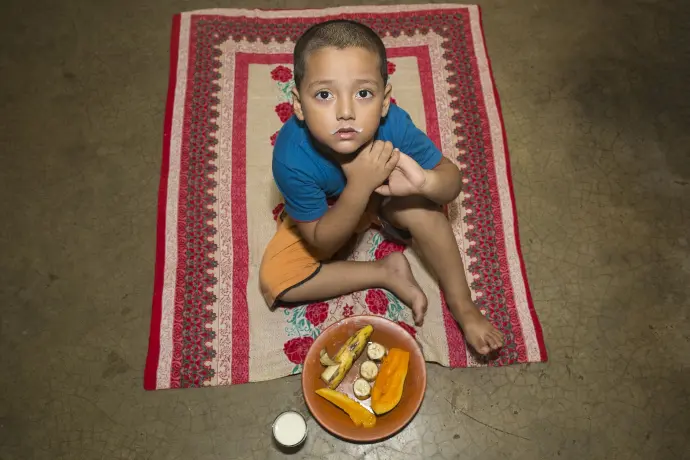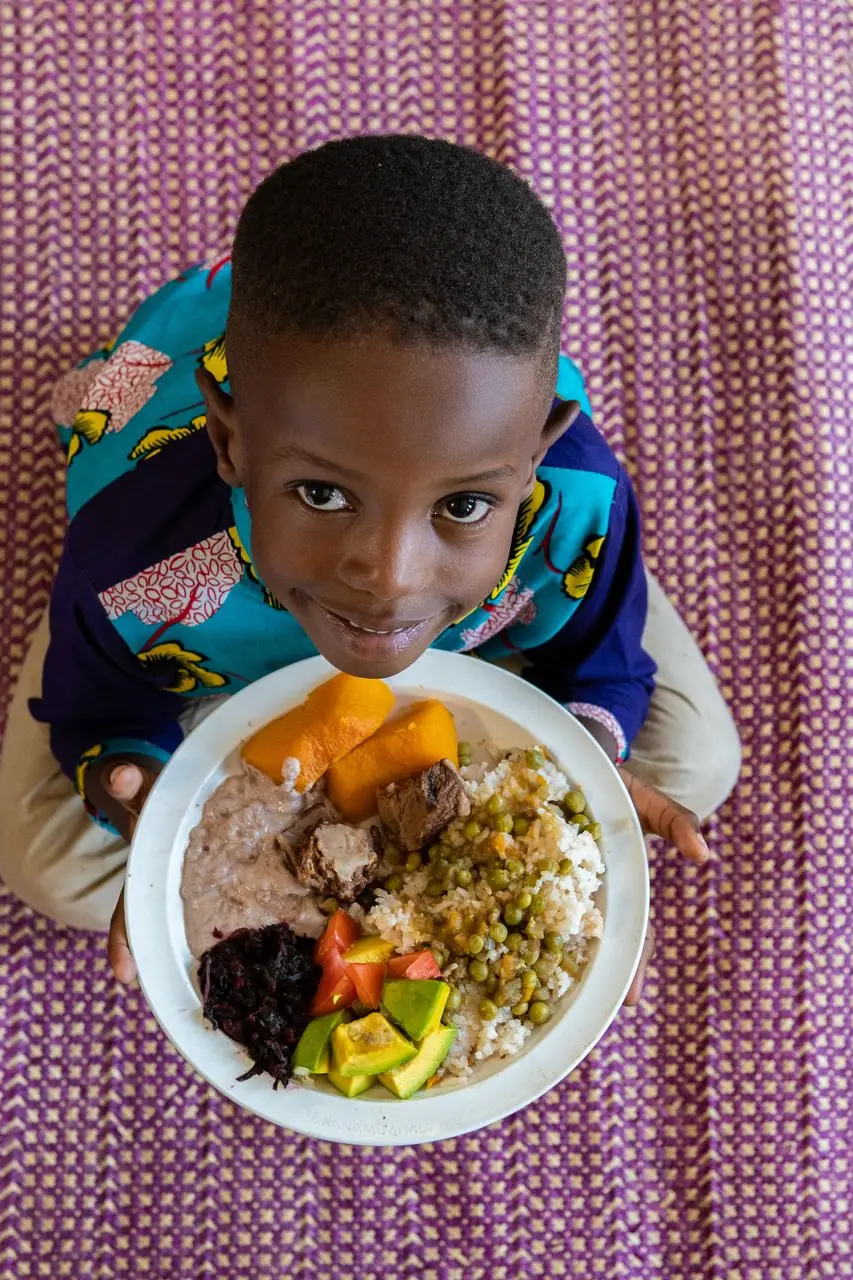Child food poverty harms all children, but is especially harmful in early childhood, when insufficient intake of essential nutrients through the diet can cause the most serious damage to child survival, physical growth and development. cognitive, trapping children and their families in a cycle of poverty and deprivation.
Among the main findings, the following are worth mentioning:
- Globally, one in four boys and girls lives in severe child food poverty in the first years of life, which represents 181 million children under 5 years of age.
- Progress towards ending severe child food poverty is slow, but some regions and countries are showing that it is possible and happening.
- Both children living in poor households and those living in better-off households suffer from severe child food poverty, indicating that household income is not the only determinant of child food poverty.
- Children who live in severe child food poverty do not consume many nutrient-rich foods, while other unhealthy foods are reinforced in their diet.
- The global food and nutrition crisis and local conflicts and climate crises are intensifying severe child food poverty, especially in fragile countries.
- Severe child fooGlobally, one in four boys and girls lives in severe child food poverty in the first years of life, which represents 181 million children under 5 years of age.
Call to action: End food poverty
The magnitude of severe child food poverty, the slow pace of progress over the past decade, and the impact of this poverty on child survival, growth and development demand a radical shift in commitment, action and accountability. To address child malnutrition, governments and their partners must invest in measures to improve children's access to nutritious and varied foods and end severe child food poverty.
- Consider the reduction of child food poverty as a requirement for achieving national and global nutrition and development goals, and as an indicator of success in realizing children's right to food and nutrition; as well as committing resources to end child food poverty.
- Transform food systems by ensuring environments in which nutritious, diverse and healthy foods are the most accessible, affordable and desirable option for feeding young children, and that the food and beverage industry adheres to policies to protect children of unhealthy foods and drinks.
- Leverage health systems to provide essential nutrition services, including child feeding advice and support, to prevent and treat child malnutrition, prioritizing the most vulnerable.
- Activate social protection systems to address income poverty so that they respond to the food and nutritional needs of the most vulnerable children and their families. This must include the provision of social transfers to protect children who are most at risk of child food poverty.
- Strengthen data systems to assess the prevalence and severity of child food poverty; detect the increase in this poverty early, particularly in fragile and humanitarian contexts; and track national and global progress in reducing severe child food poverty.



